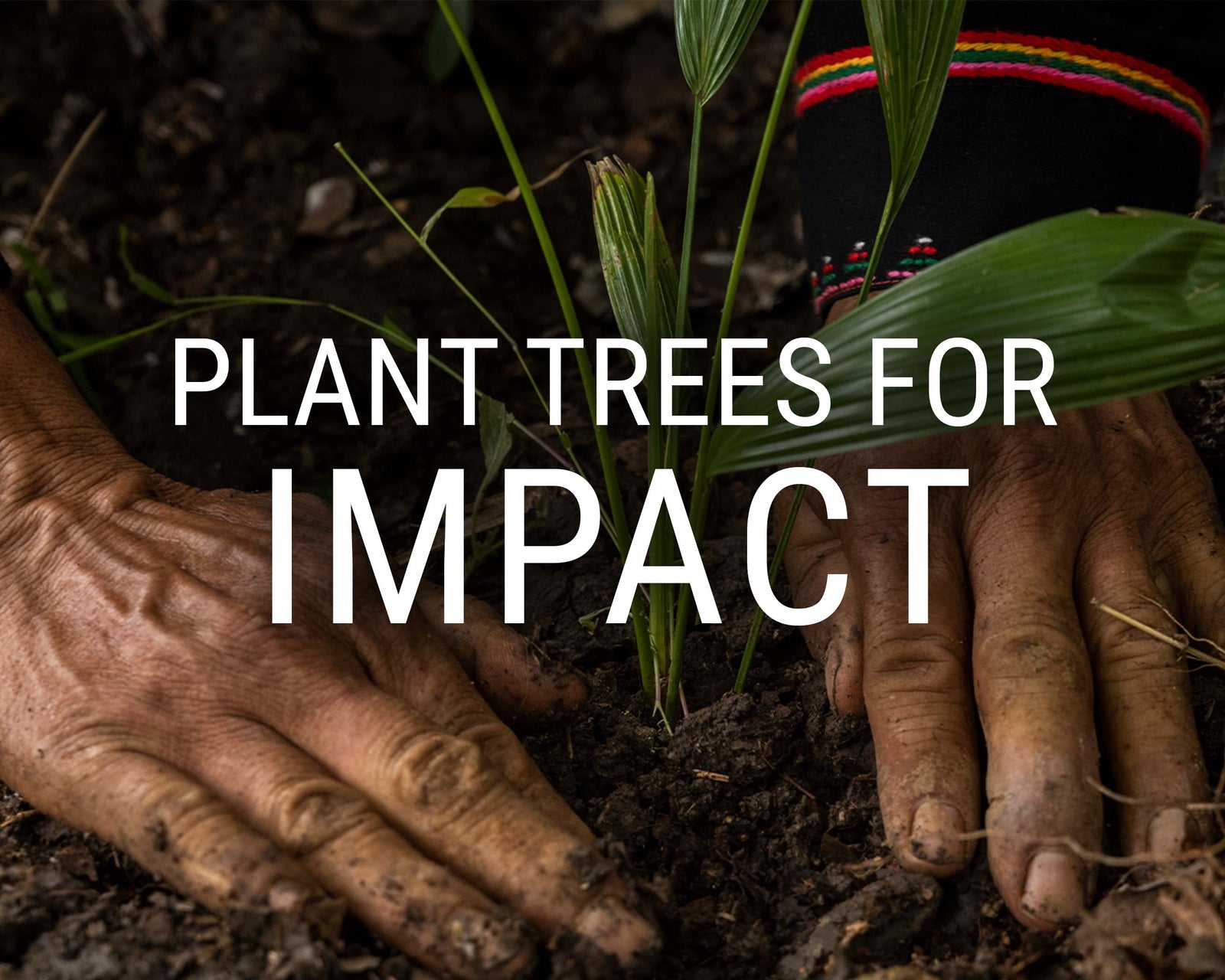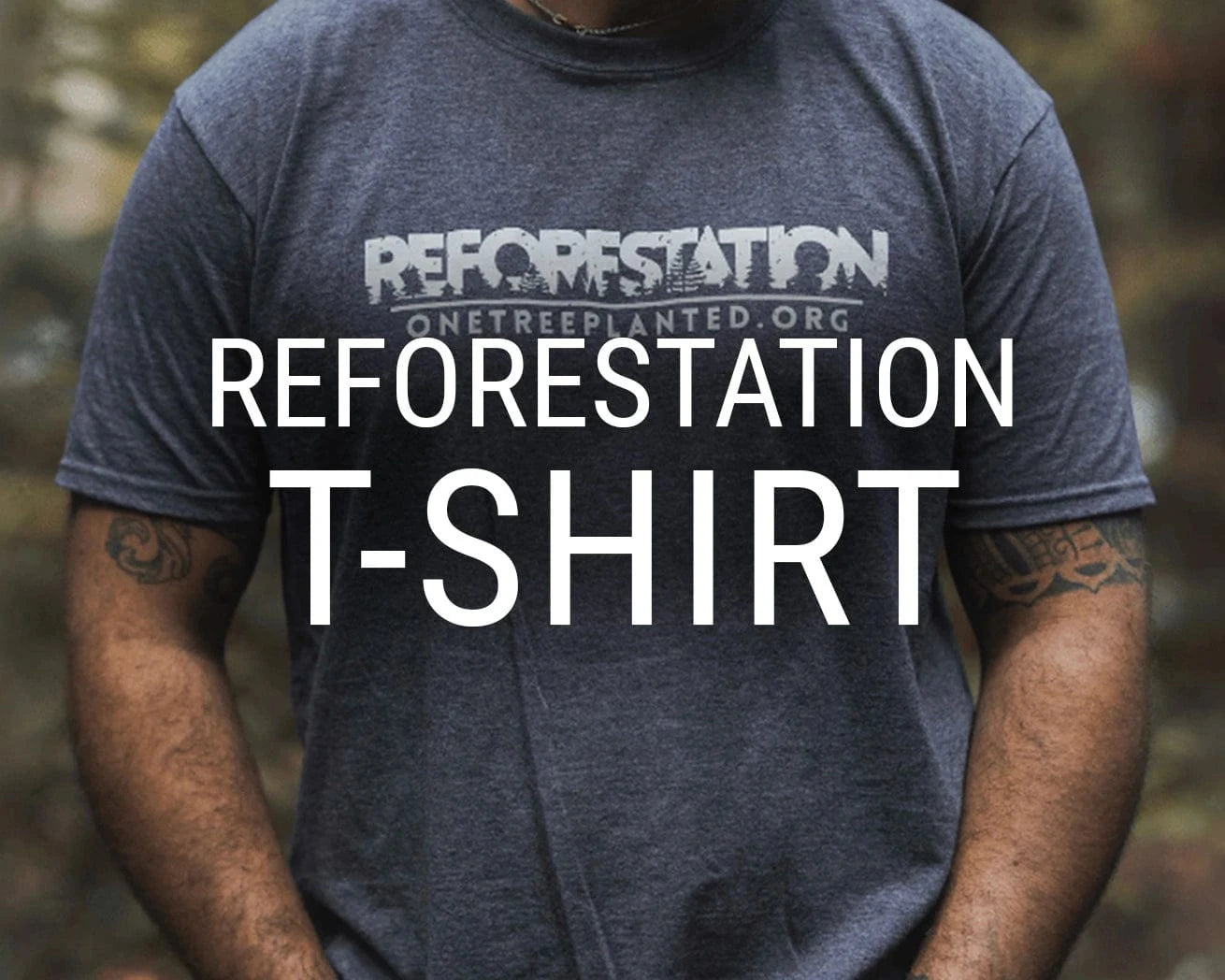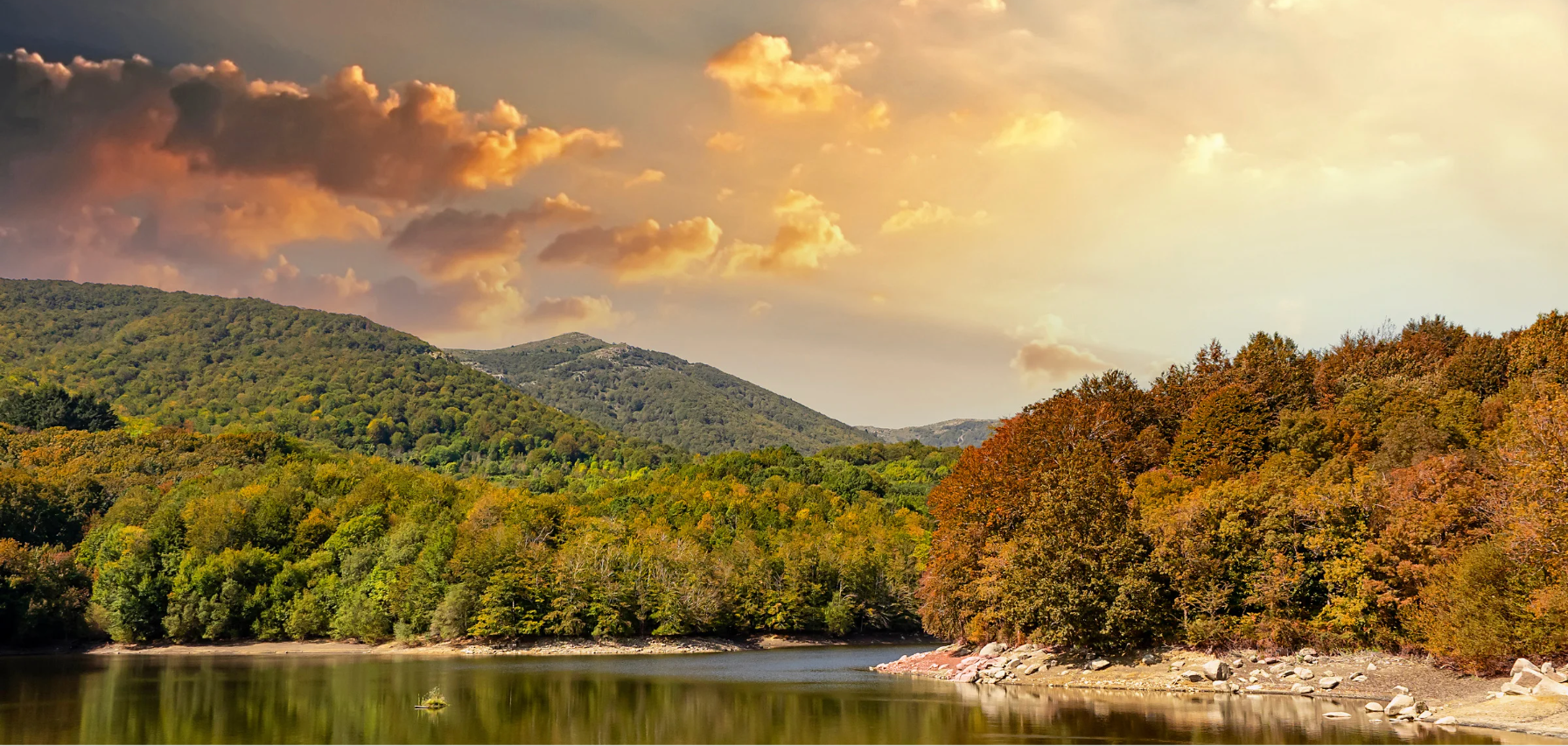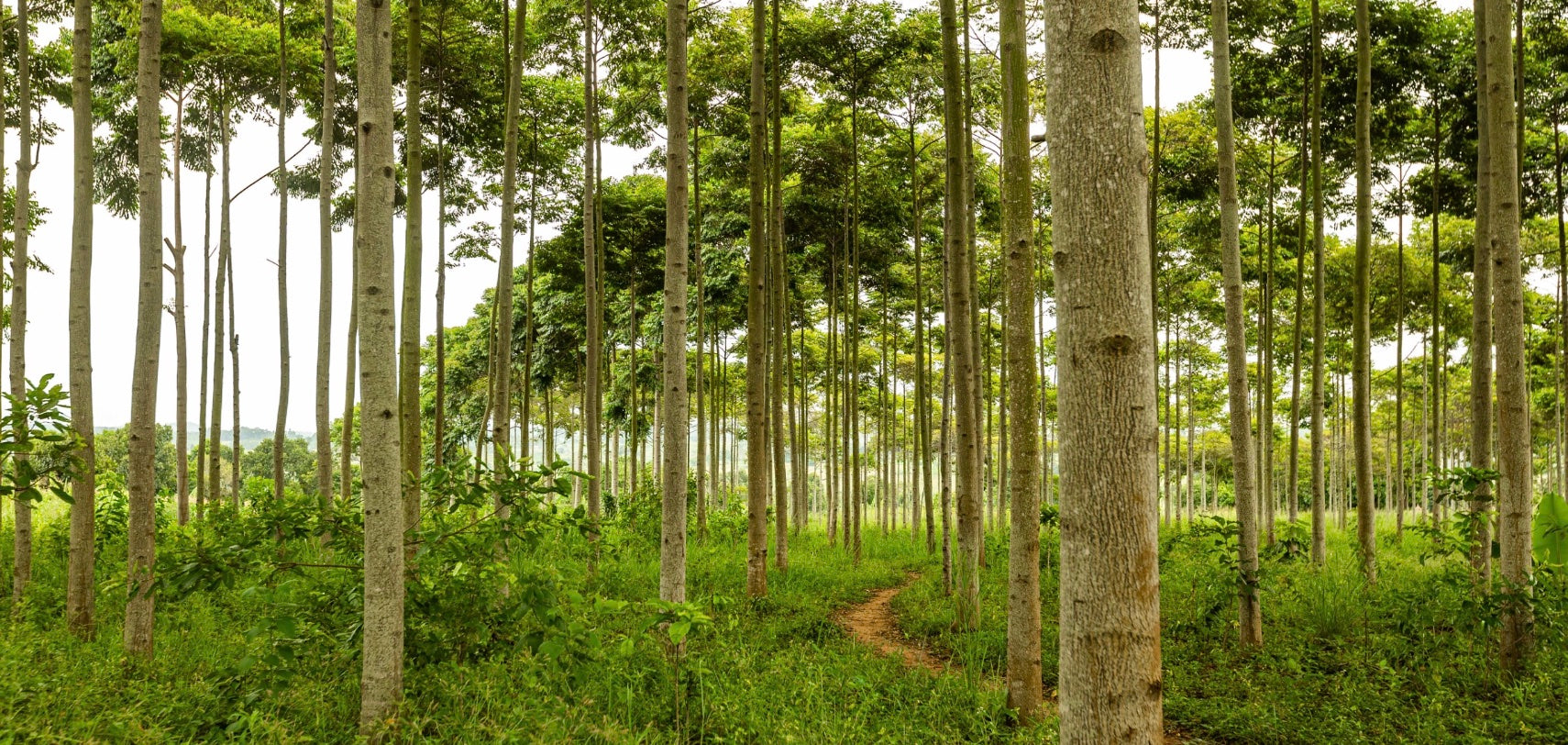Reforestation and Conservation:
We Need Both to Create a Greener World
Diana Chaplin | December 07, 2019 | 3 min read
Reforestation and Conservation: We Need Both to Create a Greener World
Over the course of the past few decades, reforestation has become an increasingly prominent solution in addressing a variety of environmental challenges related to climate change. And for good reason, trees help to absorb carbon from the atmosphere, maintain moist and fertile soil for agriculture, clean water, prevent mudslides, provide healthy habitat for wildlife, and offer many additional benefits – for nature, people, and biodiversity.
Reforestation is also a logistically viable, actionable, and affordable solution.
Planting trees is an activity that can be undertaken by individuals, community groups, governments, or charity organizations. As such, partnerships have formed in order to help businesses plant trees to offset their carbon emissions, schools have developed programs to teach children about tree-planting and sustainability, and communities have rallied together to make their cities greener.
These developments show that momentum can be gathered and scaled in order to create new forests, and regenerate degraded lands.
However, tree-planting alone will not be enough to create a global balance if forests old and new continue to be cut down. Conservation is critical as well.
In fact, reforestation and conservation – also referred to as “avoided forest conversion” - were the top two solutions in a landmark 2017 peer-reviewed study that was led by scientists from over 15 institutions, published in the journal Proceedings of the National Academy of Sciences, which expanded and refined the scope of land-based climate solutions previously assessed by the United Nations’ Intergovernmental Panel for Climate Change (IPCC).

The full study is available here.
When combined, reforestation and conservation can make the biggest positive environmental impact. And they work together as two sides of a coin. It would be inefficient and counterproductive to plant millions of new trees without some assurance that those trees are not destined to be cut down again. And due to the extent of deforestation up to this point, conservation alone is not enough to mitigate the worst effects of climate change or restore what has already been lost.
How Did We Get Here?
Deforestation has only become more rampant as the pace of industrialization has increased, and trees – some that are hundreds of years old and support whole ecosystems – continue to be cut down or otherwise destroyed in many parts of the world at an alarming rate of over 18 million acres per year.
We’ve experienced a significant loss in global forests due to a combination of factors, including:
- Logging
- Poor protections and regulations
- Agricultural industries, such as soy and palm oil
- Cattle ranching
- Drought
- Forest fires
- Infestations
- Infrastructure and urban expansion
- Unsustainable community farming practices
- Mass tree die-offs for as-yet scientifically uncertain reasons
- Reduction in Indigenous land rights and a lack of enforcement in the land rights that still remain
It is estimated that we have lost approximately 40% of global forests since the pre-industrial era, and that very few forest areas remain mostly untouched by humans – which still includes the Congo, Boreal, and parts of the Amazon rainforest. Even the iconic Coastal Redwoods remain at just 5% of their original 2 million acres.
Such immense deforestation has also contributed to a significant loss of wildlife biodiversity, and even extinction of species, as well as loss of arable land, poverty, hunger, conflict, and property damage. When trees disappear from landscapes, the result is multi-dimensional in harmful consequences.
Sustainability is a Team Effort
While our focus here at One Tree Planted is to plant trees in the areas where they are needed most, and where they can make a range of positive impacts, we recognize that our mission is one part of a larger picture.
Not only is it necessary to protect existing forests and plant new ones to create a net positive global benefit, but advocacy, education, public involvement, research, creativity, inspirational leadership, and community-based initiatives are all interconnected components of the greater mission we are all a part of. If we want to create a greener world, we’ll need to work together.
How are you contributing to these efforts? If you're looking to do something today to help reforestation, consider planting a tree with us!











